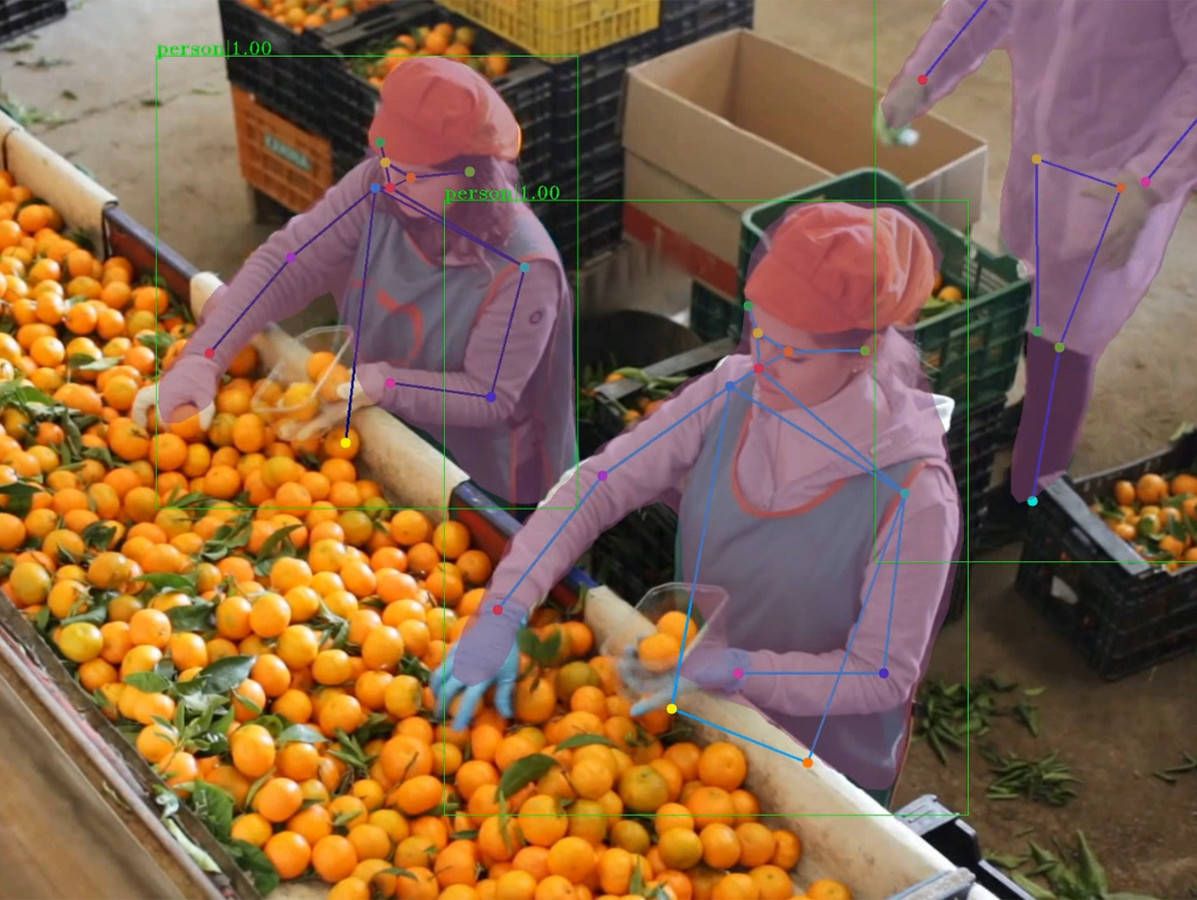
Around the world, grading, sorting and assembling of fresh fruits and vegetables is done predominantly manually. “It would save companies a lot of time and costs if these time-consuming, dull and repetitive tasks were carried out by robots,” says Aneesh Chauhan, expertise leader of the Computer Vision and Robotics group at Wageningen Food & Biobased Research and member of its Agro Food Robotics team. “And it would be even more efficient if one robot could perform multiple tasks.”
Wageningen Agro Food Robotics began in 2019, the project, Autonomous Robots for Agrifood Processes. One of the aims of this four-year venture is the development of intelligent robots that can be taught to perform multiple tasks, from picking and sorting different types of fruits and vegetables to separating samples of the same type, based on size, shape and other characteristics. Outsourcing tasks to such robots will allow fruit and vegetable processors to improve their cost/profit balance.
The Wageningen robots are equipped with cameras that capture the motions of a human expert performing picking and sorting tasks. “Human-activity recognition includes data on the person, the scene and the object handled”, Chauhan explains. “Inbuilt computer vision and deep learning functionalities enable the robots to ‘capture’ this information and learn new tasks from human demonstrations.” Successful experiments have been carried out for different use cases, including picking and sorting mandarins of variable sizes, separating ripe from unripe bananas, sorting intact and damaged cucumbers, and separating out different types from a table of mixed fruits.
The first demo application will be ready Summer 2021, a global first in agri-food applications. “An innovation like this requires technological expertise of robotics and machine learning technologies, as well as extensive knowledge of product physiology and food processing. Here in Wageningen, these disciplines work closely together,” Chauhan explains. The next step will be to test the robots in a factory or a pilot plant, and to make them even smarter, with more-advanced sensors for sweetness, juiciness and firmness of fruits and vegetables. Chauhan is already thinking beyond this aim: “If people could see robots as co-workers, apprentices even, who knows how the future might look.”
Source: WUR